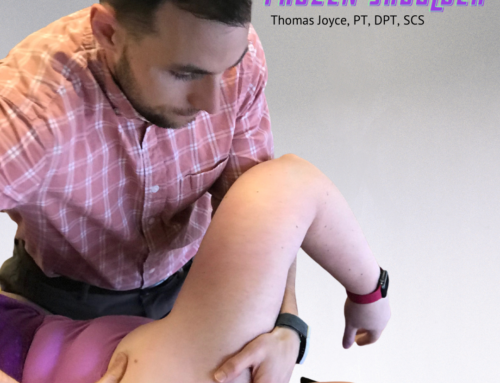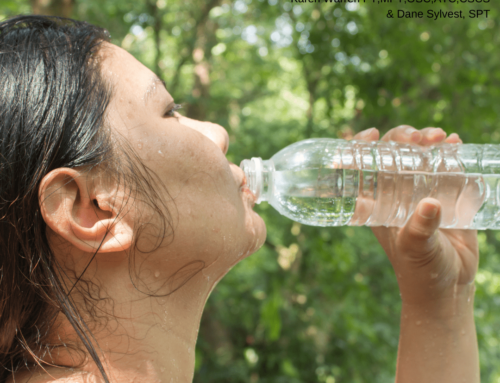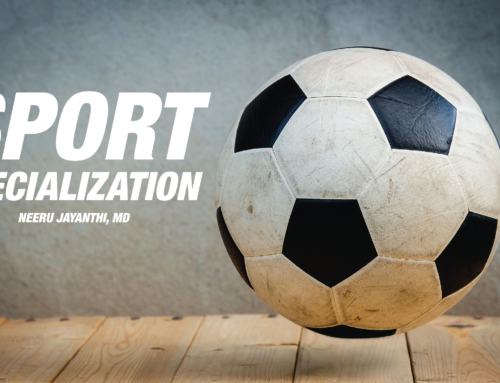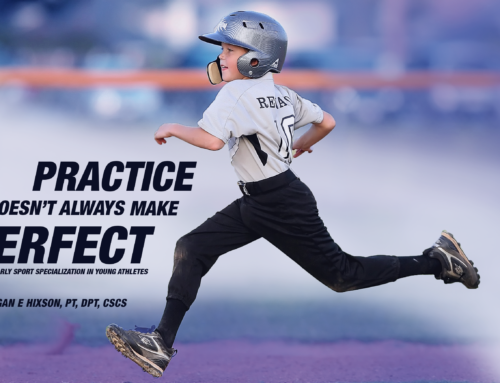Little League Shoulder in Youth Baseball Players
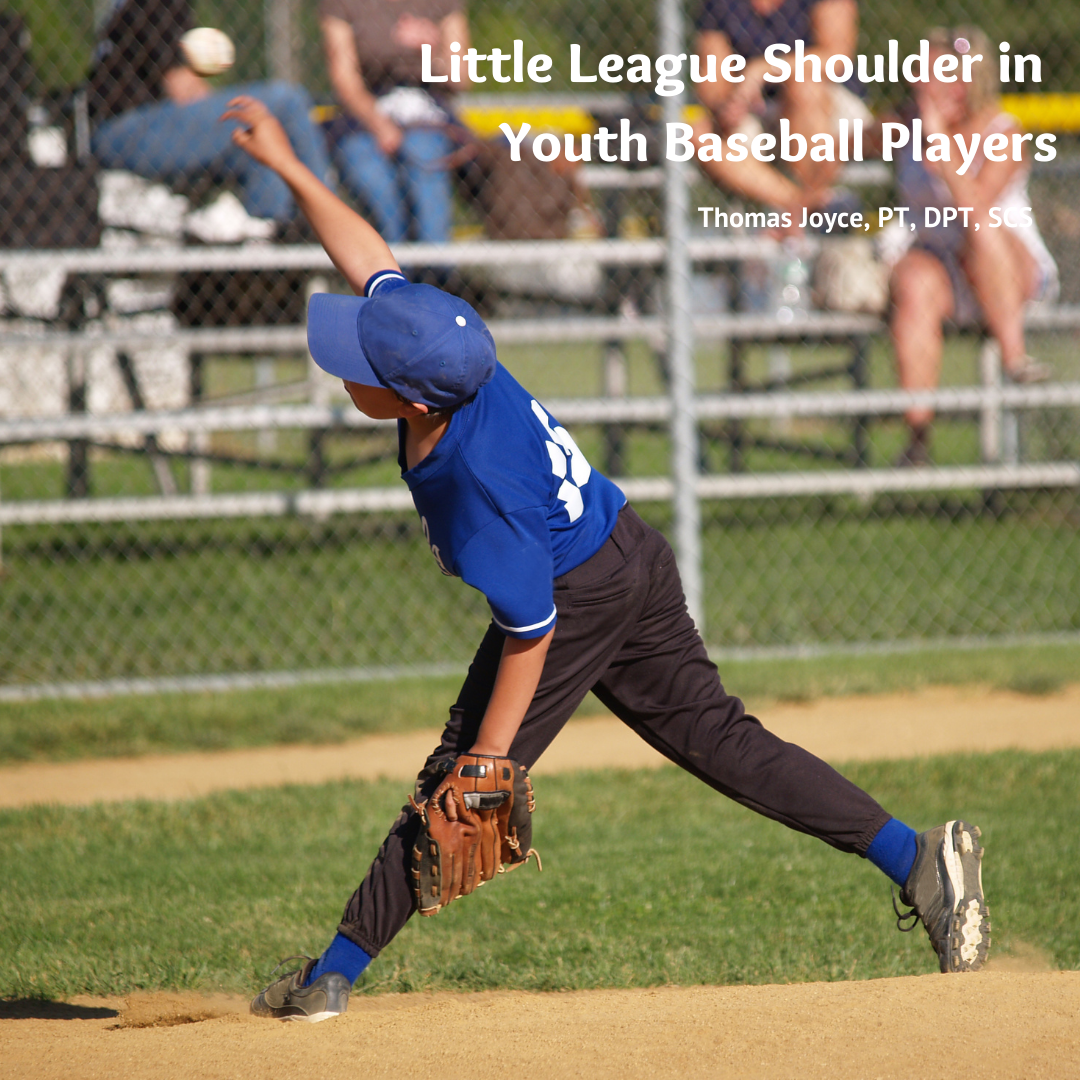
Baseball remains a popular sport among adolescent athletes. However, single-sport specialization and year-round competition have led to an increase in upper extremity injury in youth baseball players. While the elbow is the most frequent complaint of adolescent baseball players, the shoulder is often implicated.1 “Little league shoulder” is a common shoulder injury among youth baseball players.
What is little league shoulder?
Little league shoulder, or proximal humeral epiphysiolysis, is an overuse injury that occurs at the growth plate in the upper arm bone near the shoulder. Athletes are at risk for developing little league shoulder at any point prior to the growth plate closing, but the condition is most often seen in athletes between the ages of 11 and 16.1,2 While little league shoulder occurs in athletes who participate in a variety of overhead sports, this injury is primarily described in youth baseball pitchers.
What causes little league shoulder?
Little league shoulder occurs due to repetitive stress in the upper arm. The forces that occur through the upper extremity during the throwing motion create microtrauma at the shoulder that eventually leads to a widening of the growth plate, particularly when pitching becomes excessive.
There are many factors that contribute to the development of little league shoulders in baseball players. Pitchers who throw with improper mechanics or those who pitch frequently with limited rest breaks are at increased risk. Inadequate shoulder strength also contributes to the development of this condition.1,2,3
How is little league shoulder diagnosed?
Athletes suffering from little league shoulder will often report tenderness in the upper arm and pain during the throwing motion. The pain associated with this condition typically occurs during the late cocking or acceleration phase of the throwing motion, but can be present during any phase. In addition, loss of throwing velocity or control may occur.1,2
There are a number of clinical findings associated with little league shoulder. Athletes often report pain during resisted strength testing and during exam maneuvers that mimic the throwing motion. Because a widening of the growth plate is typically found on x-rays or an MRI, imaging helps confirm a diagnosis.3
How do you treat little league shoulder?
Treatment of little league shoulder begins with rest. The athlete should refrain from throwing and avoid activities that provoke shoulder pain. Gentle shoulder range of motion and exercises that strengthen the muscles around the shoulder blade are indicated in the early stages of rehabilitation. The athlete may participate in cross-training, provided that it does not provoke symptoms.1
Once the athlete is pain-free, rotator cuff strengthening exercises are incorporated in the rehabilitation program. Before returning to play, athletes should participate in a “return to throwing” program to gradually reintroduce the throwing motion.1,3

How do you prevent little league shoulder?
It is important for pitchers to have appropriate rest breaks between games and avoid pitching with arm fatigue. In addition, athletes should avoid playing baseball year-round. In an effort to prevent arm injury in youth baseball, USA Baseball provides pitch count and rest break recommendations for adolescent pitchers. Incorporating shoulder range of motion and strengthening exercises into the athlete’s training program will also help decrease injury risk. Furthermore, coaches and clinicians are encouraged to regularly evaluate the athletes throwing mechanics to promote proper form.1,2,3
References
- Dines, Joshua S., et al. Sports Medicine of Baseball. Wolters Kluwer Health/Lippincott Williams & Wilkins, 2012.
- Casadei, Kyle, and John Kiel. “Proximal Humeral Epiphysiolysis (Little League Shoulder).” NCBI, National Library of Medicine, 20 Jan. 2020, ncbi.nlm.nih.gov/books/NBK534 301/.
- “Little League Shoulder.” Cincinnati Childrens, May 2018, www.cincinnatichildrens.org/ health/I/little-league-shoulder.
